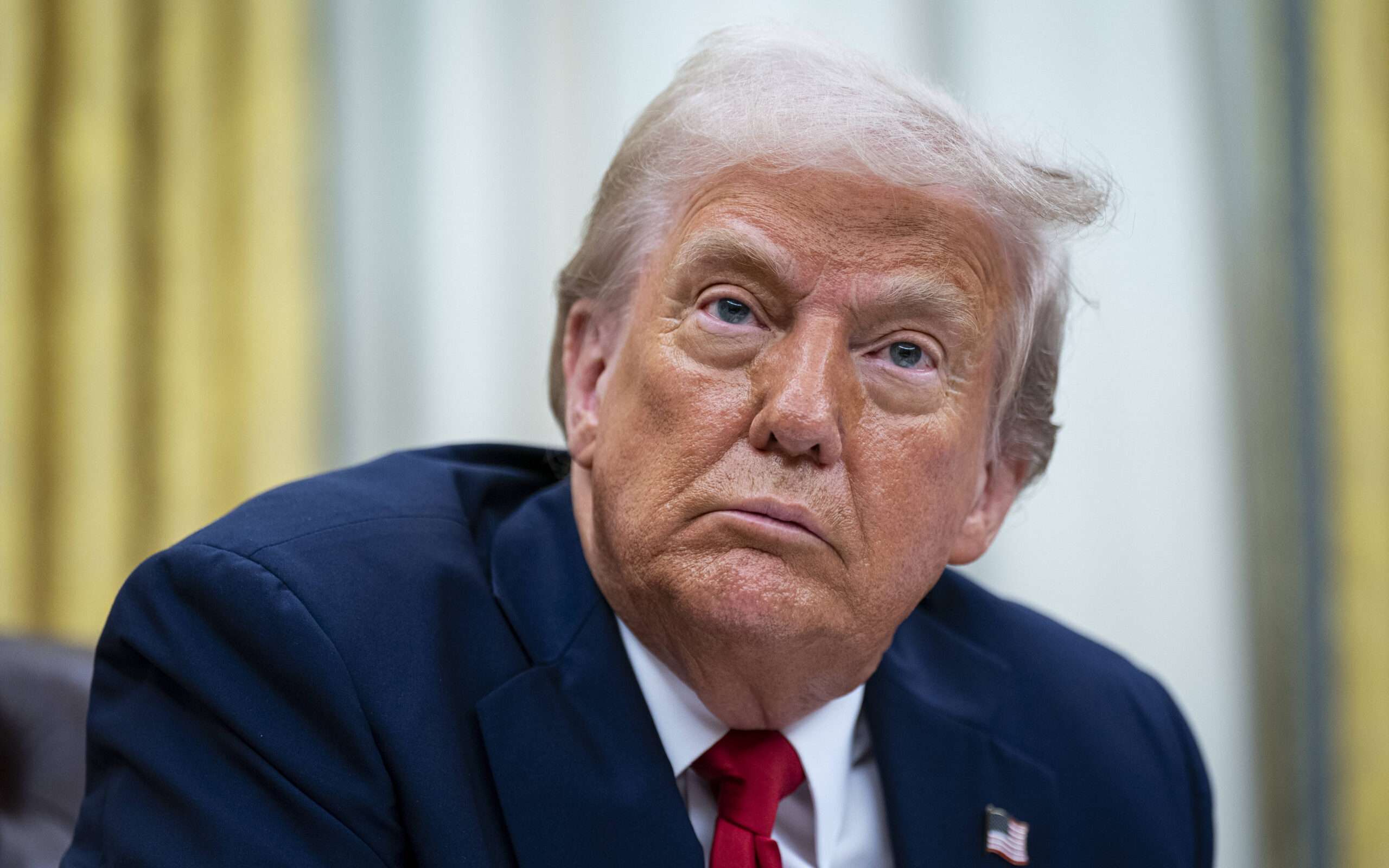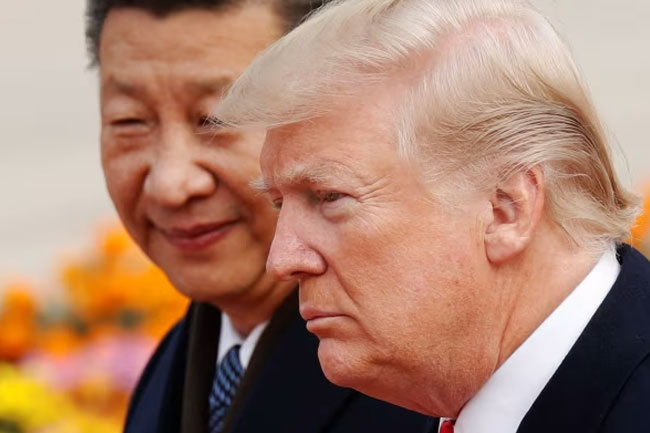Judge's Ruling Forces White House to Rethink Press Ban
A landmark preliminary injunction granted by Judge Trevor McFadden challenges the Trump administration's decision to limit Associated Press's access. Dive into the multifaceted legal standoff and its implications.
Published April 10, 2025 - 00:04am

Image recovered from redstate.com
In a notable legal development, a federal judge has intervened in a conflict between the Associated Press (AP) and the Trump administration, delivering a preliminary injunction in favor of the press agency. Judge Trevor McFadden, appointed during Trump's first presidential term, issued the ruling which mandates the White House to restore AP's access to significant media events while litigation continues.
The dispute originated when the Trump administration exclusively denied AP journalists access to the Oval Office, Air Force One, and various presidential events. This decision followed AP's resistance to adopting the 'Gulf of America' naming endorsed by Trump over the historically recognized 'Gulf of Mexico'. The administration argued that AP's exclusion was justified, positing that media access is a privilege rather than a right.
Judge McFadden's ruling, grounded in First Amendment rights, identifies the exclusion as viewpoint discrimination. He emphasized that if the administration opens its doors to certain journalists, it cannot constitutionally exclude others based on differing opinions. This decision, though a win for AP, offers the Trump administration an appeal window before enforcement becomes mandatory. With insights from market-centric publications noted for their timely coverage, the case highlights ongoing debates about media rights and governmental transparency.
Despite the temporary victory, the injunction does not secure AP's permanent access to presidential events, nor grants preferential treatment over other journalistic counterparts. It restores AP's right to be treated equally under similar access conditions. AP representatives, alongside various media outlets and press freedom advocates, welcome this legal affirmation of journalistic rights, reiterating the importance of an unfettered press in a democratic society.
From the administration's perspective, the decision was portrayed as an unnecessary interference, dismissing claims of reprisal against AP. Brian Hudak, representing the Justice Department, maintained that AP was never entirely barred from covering presidential affairs even as certain event accesses remained restricted. This nuanced stance underscores tensions between ensuring government transparency and the administration's discretion in media relations.
Western observers have noted the implications of this ruling, particularly on how it relates to the global narrative on press freedom. The AP's insistence on adhering to historical names while acknowledging new governmental terms articulates broader challenges faced by media entities under different political climates. Such conflicts resonate particularly in regions where press freedoms are more constrained.
The ruling is a clarion call stressing judicial oversight as a necessary check against potential executive overreach. As the press agency anticipates resumed access, stakeholders emphasize ongoing vigilance to safeguard against similar future exclusions. While the legal battle is poised to continue, the preliminary injunction underscores a critical reflection point on governance practices and media relations in contemporary political discourse.







